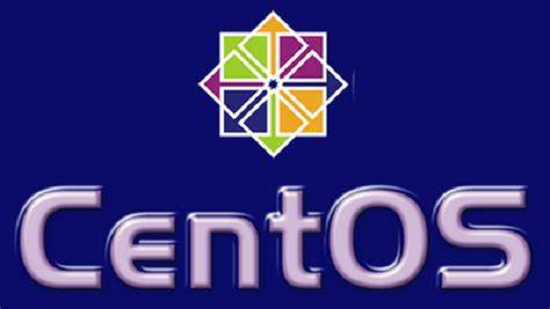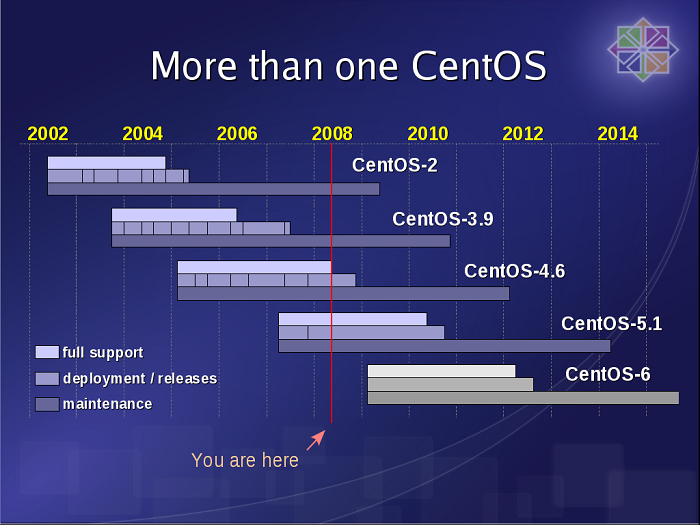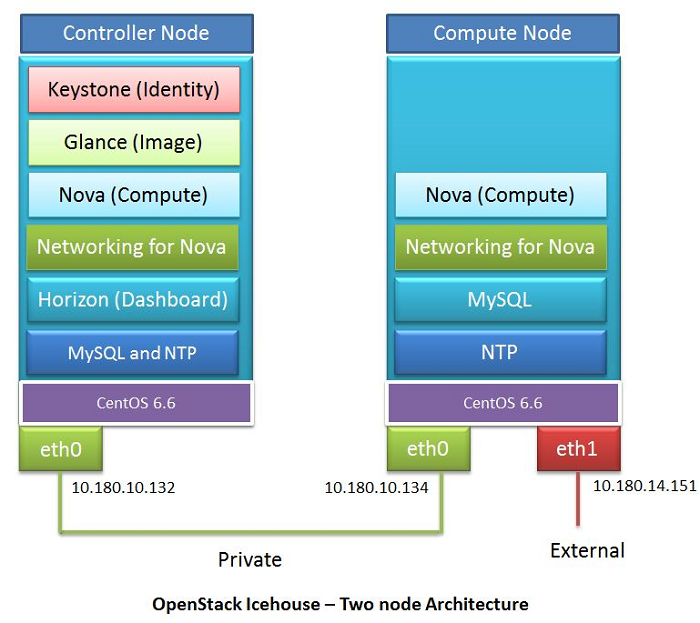CentOS
CentOS is an open-source initiative that produces CentOS Stream and CentOS Linux, two separate Linux® versions. As a result, existing CentOS Linux customers will have to decide how to migrate. CentOS Linux 7 updates will stop on June 30, 2024, and CentOS Linux 8 patches will conclude in December 2021. A Linux version called CentOS, also known as CentOS Linux, offers a free and open-source computing platform that is community-supported and fully compatible with Red Hat Enterprise Linux, the system's upstream source.
From RHEL version 2.1AS, the first CentOS update, designated CentOS version 2, appeared in May 2004. CentOS 8 was made available on September 24, 2019. Red Hat abruptly stopped funding CentOS development in December 2020. Gregory Kurtzer, the man behind CentOS, responded by starting the Rocky Linux initiative to carry on CentOS' initial goals. A new RHEL derivative named AlmaLinux was launched in March 2021 by Cloud Linux, the company behind CloudLinux OS.

History
Gregory Kurtzer founded the RPM-based Linux distro CAOS Linux in 2002, from which CentOS first emerged as a build. According to Infiscale, GravityOS "[includes] the small footprint of Caos," suggesting some residual impact from the defunct distribution.
David Parsley, the leading creator of Tao Linux, another RHEL clone, stated in June 2006 that Tao Linux would be discontinued and that CentOS would take over its development. Through the yum update, Tao customers switched to the CentOS version.
- Founder of CentOS Lance Davis vanished in 2008, according to an open message posted on the CentOS Project website in July 2009. Davis kept his PayPal account and CentOS website registration active despite no longer contributing to the project. According to Davis, the CentOS crew contacted him in August 2009 and bought the centos.info and centos.org names.
- With nearly 30% of all Linux web servers running CentOS, it surpassed Debian to become the most widely used Linux version for web servers in July 2010. In January 2012, Debian regained control.
- Due to these modifications, Red Hat now owns the CentOS trademarks. Red Hat currently employs most of the CentOS lead coders, but they are a part of the Open Source and Standards team, which works independently of the Red Hat Enterprise Linux team. Additionally, a new CentOS ruling council was created.
- To concentrate on CentOS Stream, the CentOS Project stated on December 8, 2020, that the version would be terminated at the end of 2021.
- The reaction of the neighborhood to this news was highly unfavorable.
- Soon after, the creator of CentOS, Gregory Kurtzer, unveiled Rocky Linux, a new initiative that would carry on the initial goals of CentOS.
To provide a community-supported alternative to CentOS Linux and achieve code compliance with the most recent release of RHEL, CloudLinux developed AlmaLinux. The first stable update of AlmaLinux was published on March 30, 2021, and a test version of the operating system was first made available on February 1, 2021.

Design
CentOS writers use red Hat's source code to produce a finished good close to RHEL. Red Hat does not permit redistribution, so its trademarks and logo have been altered. CentOS can be downloaded for nothing. The group mainly offers technical assistance through official email lists, online forums, and chat rooms.
Although the initiative is connected to Red Hat, it strives to be more accessible, transparent, and inclusive. Red Hat employs most CentOS head developers, but individual contributions and corporate supporters support the CentOS Project itself.
Releases and versions
- Versions of CentOS
Beginning with version 7.0, CentOS version numbers have a third component representing the source code release's month stamp. For instance, despite "1406" indicating that the source code this release is built on comes from June 2014, version 7.0-1406 still associates this CentOS release with the zeroth update set of RHEL 7. For (as of July 2014) upcoming container and cloud versions, installation images can be reissued while keeping a link to the relevant basic release version by using the month stamp.
- Unique interest clubs
|Special interest groups (SIGs) are structured facets of the CentOS community that provide avenues for developing specialty variants that satisfy particular criteria. SIGs can improve CentOS in several ways, such as introducing cutting-edge software, rebuilding current packages by requirements, offering substitute desktop environments, or making CentOS accessible on otherwise unsupported platforms.
Architectures

- As of version 8, the x86-64, POWER8, and 64-bit ARM architectures are wholly enabled by CentOS, but the following designs are not:
- Since CentOS 7, all versions of IA-32 are no longer available.
- Since CentOS 6, IA-32 without Physical Address Extension (PAE) is no longer available.
- CentOS 3 and 4 supported the IA-64 (Intel Itanium processor) system.
- CentOS 4 offered test support for 32-bit PowerPC, which refers to Apple Macintosh and PowerMac models with G3 or G4 PowerPC processors.
- The AltArch SIG manages group efforts related to ARM technology.[13][195] CentOS 7 AltArch versions for the IA-32 and Power ISA architectures also exist. (POWER7 and POWER8 chips).
- Mirror.centos.org offers a Live CD variant of CentOS. You can use UNetbootin or directly build a CentOS bootable Live USB image.
- On the Amazon EC2 cloud, CentOS files are also accessible as prebuilt and released Amazon Machine files. (AMIs).
- Repositories
- The main CentOS distribution is composed of three essential libraries (also referred to as channels), each of which contains a set of software packages:
- base: this section includes the packages that comprise CentOS point releases. It is updated once the actual point release is officially accessible as ISO images.
- updates: includes files released between point releases' regular update sets and act as security, bugfix, or enhancement updates. Only bugfix and enhancement versions that are inappropriate for distribution through the CentOS-Fasttrack repository are made available in this manner.
- Addons: These packages are not supplied by the source but are necessary for constructing the parcels comprising the CentOS distribution's core.
- The usual basic and updated repositories only include some software programs available through the CentOS Project's extra repositories. These are some of the repositories:
- CentOS Extras: This collection of programs adds new features to CentOS without altering its source compatibility or changing the fundamental parts.
- CentOSPlus: This collection of packages indeed updates some of the fundamental parts of CentOS, modifying it to differ slightly from the original provider's content.
- CentOS-Testing: acts as a sandbox for programs en route to CentOSPlus and CentOS Extras. Offers are not assured to function correctly and may or may not substitute essential CentOS packages.
- CentOS-Fasttrack: includes patches for problem fixes and enhancements occasionally released between point release update sets. The files made available in this manner are strong contenders for inclusion in the upcoming point release. This repository doesn't offer security upgrades and doesn't have any programs that are unfit for specific point versions.
- CR (Continuous Release): makes tools included in CentOS's upcoming point release widely accessible. Until the actual point release is officially published in ISO files, the packages are accessible for testing and hotfix purposes.
- debug info: Consists of packages with diagnostic symbols produced while building the main packages.
- contrib: Consists of user-contributed files for CentOS that do not duplicate any of the system's essential components.
- Software Collections: Provides more recent software versions than those offered by the essential release; for more information, see the section above.
OS Stream CentOS
Due to its position between the upstream development in Fedora and the downstream development for RHEL, Stream marks a shift from previous CentOS releases, which were immediately derived from RHEL (CentOS' upstream). Nevertheless, since RHEL 9 and CentOS Stream 9 shared a common source, it is fair to say that CentOS Stream is "closer" to RHEL than Fedora.
On September 24, 2019, the same day as CentOS 8, the original version, CentOS Stream 8, was also available. The release day for CentOS Stream 9 was December 3, 2021.
Notes
- i686 with Physical Address Extension (PAE) was officially supported by CentOS versions earlier than 7.0-1406; other architectures were supported by versions older than 4.7; and are presently supplied by AltArch Special Interest Group.
- An additional three years, "Extended Life-cycle Support (ELS) Addon Subscription" was made accessible. (i.e., until 2015). Until March 31, 2017, the relevant version of RHEL had prolonged maintenance.
- A three-year "Extended Life-cycle Support (ELS) Addon Subscription" option exists. Extended maintenance for the matching RHEL version is available until November 30, 2020.
- The AltArch Special Interest Group offers installation files for the i386, ARM, and PowerPC processor architectures.
CentOS Linux versus CentOS Stream
Both are components of the larger business Linux environment and open-source distributions that are variations of CentOS. Each major version of Red Hat Enterprise Linux, which used the RPM package management system and kept comparable functionality, interoperability, and problem patches, was historically mirrored in each major version of CentOS Linux.
Red Hat Enterprise Linux minor releases' source code is constantly provided by CentOS Stream, which follows closely behind Red Hat Enterprise Linux releases. To enable community members to add to and test code alongside Red Hat Enterprise Linux developers, CentOS Stream makes Red Hat Enterprise Linux development source code accessible. Its users, Red Hat partners, and ecosystem developers can download, modify, send patches, and propose changes that might be incorporated into the upcoming minor version of Red Hat Enterprise Linux.
- Red Hat Enterprise Linux, frequently used for development and distribution, is a forerunner of CentOS Linux, which lacks a donation model.
- CentOS Linux updates will stop between 2021 and 2024.
- Red Hat Enterprise Linux minor releases' source code is constantly provided by CentOS Stream, which follows closely behind Red Hat Enterprise Linux releases.
- To enable community members to add to and test code alongside Red Hat Enterprise Linux developers, CentOS Stream makes Red Hat Enterprise Linux development source code accessible.
- Its users, Red Hat partners, and ecosystem developers can download, modify, send patches, and propose changes that might be incorporated into the upcoming minor version of Red Hat Enterprise Linux.